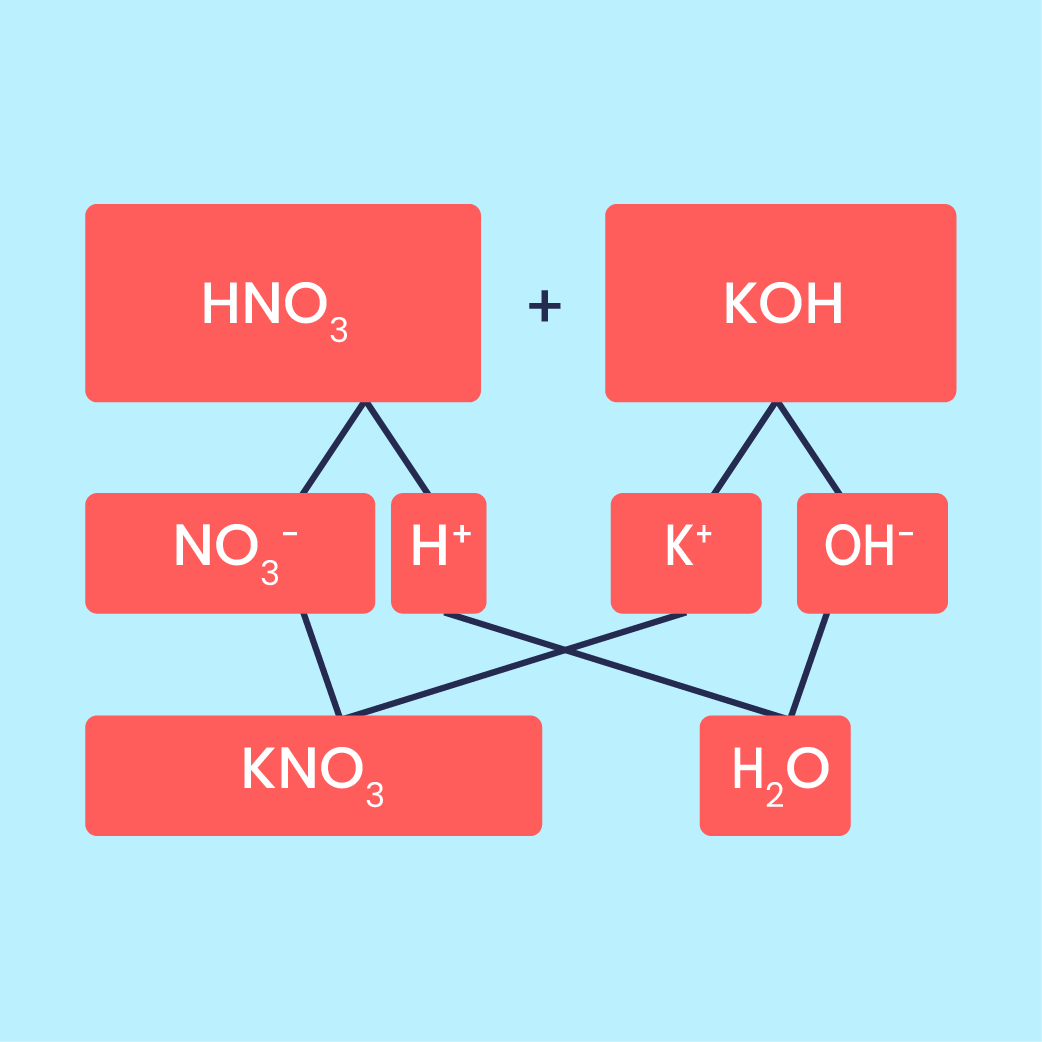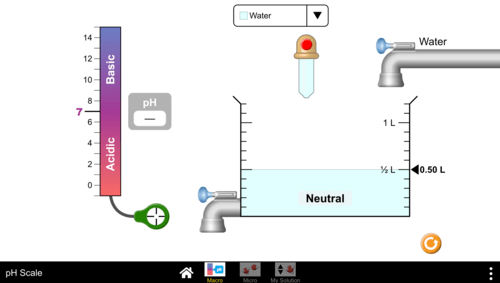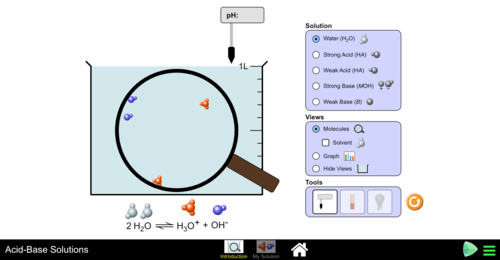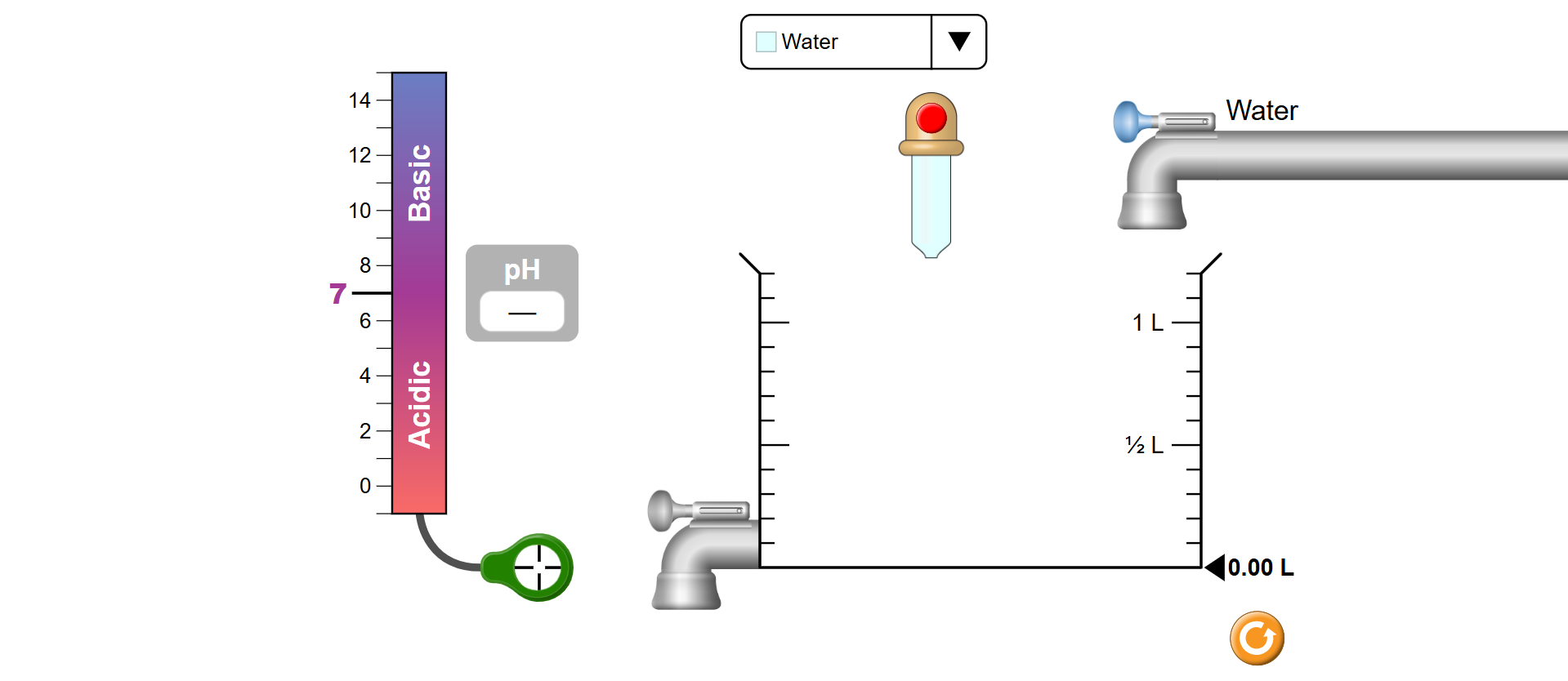Chapter 6 : Asid, Bes dan Garam
What will you learn in this chapter

Seterusnya, kita akan meneroka nilai pH dan kegunaannya. Kita akan belajar cara mengira nilai pH bagi asid dan alkali.
Seterusnya, kita akan mengkaji kekuatan asid dan alkali. Kita akan mentakrifkan asid dan alkali kuat dan lemah dan menerangkan kekuatannya berdasarkan tahap penceraian mereka dalam air.
Akhir sekali, kita akan meneroka sifat kimia asid dan alkali. Kita akan menjalankan tindak balas untuk memahami bagaimana asid bertindak balas dengan bes, logam reaktif, dan logam karbonat. Begitu juga, kita akan mengkaji tindak balas alkali dengan asid, ion logam, dan garam ammonium.
Topics in this chapter
-
1. Peranan Air dalam Menunjukkan Keasidan dan Kealkalian
-
2. Nilai pH
-
3. Kekuatan Asid dan Alkali
-
4. Sifat-sifat Kimia Asid dan Alkali
-
5. Kepekatan Larutan Akueus
-
6. Larutan Piawai
-
7. Peneutralan
-
8. Garam, Hablur dan Kegunaan dalam Kehidupan Harian
-
9. Penyediaan Garam
-
10. Tindakan Haba ke atas Garam
-
11. Analisis Kualitatif
Quick Notes
Live Tuition Recordings

Tutor: Sir Aiman

Tutor: Sir Aiman

Tutor: Sir Aiman

Tutor: Sir Aiman

Tutor: Sir Aiman

Tutor: Sir Mas Faiz
Experiments
Videos
Practices for this chapter
-
Flashcard
- Analisis Kualitatif (1)
- Analisis Kualitatif (2)
- Analisis Kualitatif (3)
- Garam, Hablur dan Kegunaan dalam Kehidupan Harian (1)
- Garam, Hablur dan Kegunaan dalam Kehidupan Harian (2)
- Garam, Hablur dan Kegunaan dalam Kehidupan Harian (3)
- Kekuatan Asid dan Alkali (1)
- Kekuatan Asid dan Alkali (2)
- Kekuatan Asid dan Alkali (3)
- Kepekatan Larutan Akueus (1)
- Kepekatan Larutan Akueus (2)
- Kepekatan Larutan Akueus (3)
- Larutan Piawai (1)
- Larutan Piawai (2)
- Larutan Piawai (3)
- Nilai pH (1)
- Nilai pH (2)
- Nilai pH (3)
- Peneutralan (1)
- Peneutralan (2)
- Peneutralan (3)
- Penyediaan Garam (1)
- Penyediaan Garam (2)
- Penyediaan Garam (3)
- Peranan Air dalam Sifat Keasidan dan Kealkalian (1)
- Peranan Air dalam Sifat Keasidan dan Kealkalian (2)
- Peranan Air dalam Sifat Keasidan dan Kealkalian (3)
- Sifat Kimia Asid dan Alkali (1)
- Sifat Kimia Asid dan Alkali (2)
- Sifat Kimia Asid dan Alkali (3)
- Tindakan Haba ke atas Garam (1)
- Tindakan Haba ke atas Garam (2)
- Tindakan Haba ke atas Garam (3)
-
Topical Test
- 6.1 Peranan Air dalam Menunjukkan Keasidan dan Kealkalian - Set 1
- 6.10 Tindakan Haba ke atas Garam - Set 1
- 6.10 Tindakan Haba ke atas Garam - Set 2
- 6.10 Tindakan Haba ke atas Garam - Set 3
- 6.11 Analisis Kualitatif - Set 1
- 6.11 Analisis Kualitatif - Set 2
- 6.11 Analisis Kualitatif - Set 3
- 6.11 Analisis Kualitatif - Set 4
- 6.2 Nilai pH - Set 1
- 6.3 Kekuatan Asid dan Alkali - Set 1
- 6.4 Sifat-sifat Kimia Asid dan Alkali - Set 1
- 6.5 Kepekatan Larutan Akueus - Set 1
- 6.6 Larutan Piawai - Set 1
- 6.7 Peneutralan - Set 1
- 6.7 Peneutralan - Set 2
- 6.7 Peneutralan - Set 3
- 6.8 Garam, Hablur dan Kegunaan dalam Kehidupan Harian - Set 1
- 6.9 Penyediaan Garam - Set 1
- 6.9 Penyediaan Garam - Set 2
- 6.9 Penyediaan Garam - Set 3


































